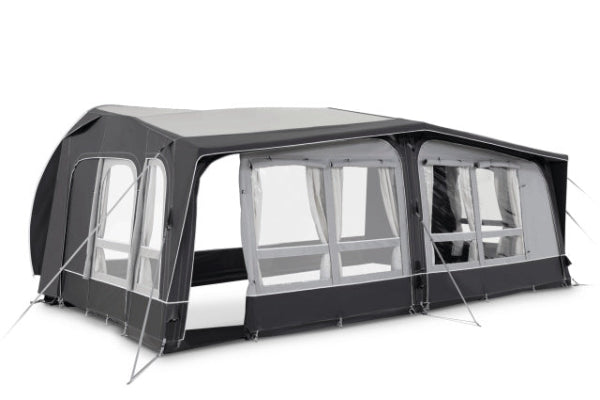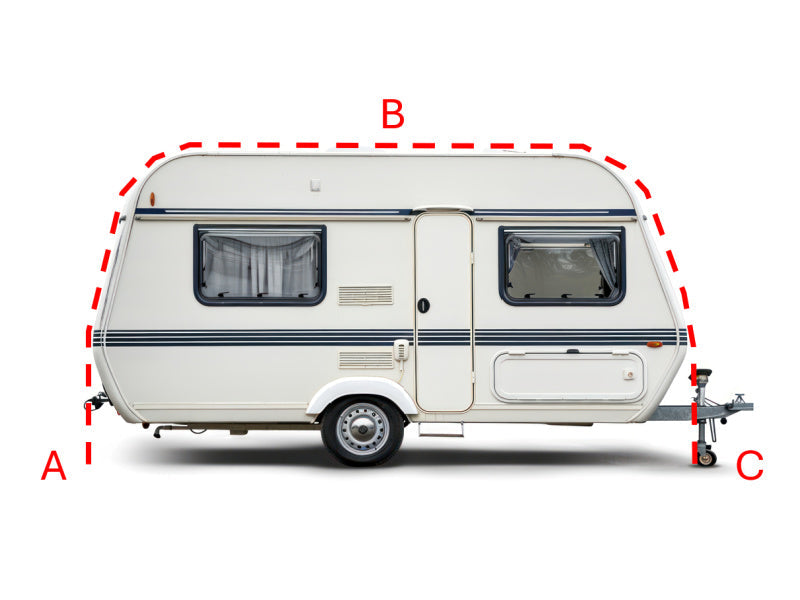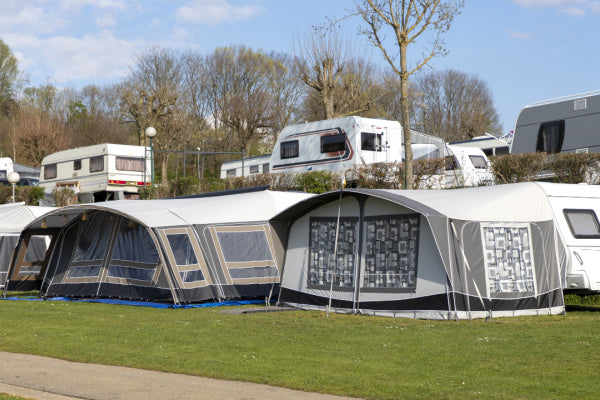Bluetti ac70 vs EcoFlow River 2 Pro: Which Power Station is Best?
Camping trip? Blackout? Or just sick of fighting over wall sockets? The Bluetti AC70 wins for expandability and raw power, but the EcoFlow River 2 Pro is smarter and sleeker. If you’re eyeing portable power stations, read on—we’re breaking down which one actually fits your wild (or lazy) lifestyle.
At a Glance: Key Differences Between the Bluetti AC70 and EcoFlow River 2 Pro
Quick Comparison Table: A Head-to-Head Spec Shootout
Both of these portable power stations are designed for different lifestyles. Whether you're off-grid camping or need a reliable backup for home use, their feature sets matter. Below is a quick breakdown.
| Feature | Bluetti AC70 | EcoFlow River 2 Pro |
|---|---|---|
| Dimensions (mm) | 314 x 209 x 256 | 270 x 260 x 226 |
| Weight | 10.2 kg | 7.8 kg |
| Continuous Output | 1000W | 800W |
| Battery Capacity | 768Wh (LiFePO₄) | 768Wh (LiFePO₄) |
| AC Charging Speed | 800W (80% in 1.5 hrs) | 660W (80% in 1.6 hrs) |
| Solar Input | 500W | 220W |
| Expandable? | Yes (compatible with B80 battery) | No (non-expandable) |

What's the Same? (Capacity and Battery Chemistry)
Both power stations use LiFePO₄ batteries with 768Wh capacity. They support fast charging and offer app-based controls. You'll get around 3,000+ charge cycles from each unit, ensuring long-term durability.
A Detailed Breakdown: Performance, Power, and Portability
Power Output and Inverter Performance
Continuous Power: Bluetti's 1000W Advantage
The AC70 holds an edge with its 1000W continuous output. It can comfortably run medium-power appliances like mini fridges or power tools without stress. The River 2 Pro tops out at 800W, which is still decent, but might fall short for heavier gear.
Surge Power (Power Lifting Mode): Running High-Wattage Devices
EcoFlow's X-Boost mode helps it temporarily power devices that exceed its base wattage. However, Bluetti handles these loads more naturally, without needing special modes. This makes it better suited for unpredictable or higher draws.
Real-World Use: What Can Each Model Actually Run?
Both units can keep a 50W laptop running for around 15 hours. For low-consumption devices, they’re practically equal. But if you’re powering high-draw gear, Bluetti’s higher continuous output will keep things stable longer.
Recharging Speeds: Who Powers Up Faster?
AC Charging: EcoFlow's X-Stream Hyper-Fast Technology
EcoFlow uses its X-Stream fast charging to go from zero to 80% in about 1.6 hours. That’s fast—and not far behind Bluetti. The AC70 reaches 80% in around 1.5 hours, thanks to its 800W AC input.
Solar Input: The Bluetti AC70's Superior 500W Capability
Bluetti wins clearly when it comes to solar charging. With a 500W solar input capacity, it charges faster when off-grid. EcoFlow doesn’t match this, making Bluetti the better pick for solar-heavy setups.

Other Charging Methods (Car, USB-C)
Both models support car charging and USB-C input. The speeds here depend largely on the source, but neither model has a clear advantage.
Battery Life, Expandability, and Long-Term Value
Lifespan and Durability: The LiFePO₄ Advantage
With over 3,000 charge cycles, LiFePO₄ batteries give both models excellent longevity. You’ll be using them for years before noticing serious degradation.
The Key Difference: Bluetti's Expandable Battery Option (B80)
This is where Bluetti shines. You can connect additional batteries, like the B80, to extend capacity well beyond the built-in 768Wh. EcoFlow doesn’t offer any expansion—what you see is what you get.
Warranty and Brand Reputation
Both Bluetti and EcoFlow provide 5-year warranties. That said, EcoFlow is slightly more polished in its software and firmware support. Bluetti tends to favour hardware flexibility over software finesse.
Design, Ports, and User Experience
Portability: Weight, Size, and Form Factor
EcoFlow is slimmer and 1.5 kg lighter, making it better for short trips or ultra-portable use. Bluetti’s added bulk is the trade-off for higher power and expandability.
Outlet and Port Selection (AC, DC, USB-A, USB-C)
You’ll find two AC outlets on each, along with plenty of USB-A, USB-C, and DC options. Port selection is solid on both fronts and should serve most users comfortably.
App Integration and Smart Features
EcoFlow leads here. Its app is refined, intuitive, and offers smart control options in real-time. Bluetti’s app is functional but less user-friendly.
The Final Verdict: Which Power Station Should You Choose?
Who Should Buy the Bluetti AC70?
For Users Needing Higher Power Output
The 1000W output makes it suitable for demanding gear or multiple devices running at once.
For Those Prioritising Solar Charging
Its 500W solar input makes it the stronger choice for off-grid or renewable setups.
For Anyone Who Wants the Option to Expand Capacity Later
Expandable battery support gives Bluetti a clear edge in flexibility.

Who Should Buy the EcoFlow River 2 Pro?
For Those Who Need the Absolute Fastest Wall Charging
Its 660W X-Stream charging is blazing fast and ideal for quick turnarounds.
For Users Who Value a Polished App Experience
EcoFlow’s app is better designed, offering more control and smoother updates.
When a Compact, Non-Expandable Unit is Sufficient
At 4.5 kg, this unit is light and efficient for everyday needs or emergencies.
Other content you might like:
- Bluetti Vs Jackery
- Bluetti Vs Goal Zero
- Bluetti Ac180p Vs Ac180
- Bluetti Ac200p Vs Ac200max
- Bluetti Ep500 Vs Ep500pro
- Bluetti Vs Anker





Leave a comment